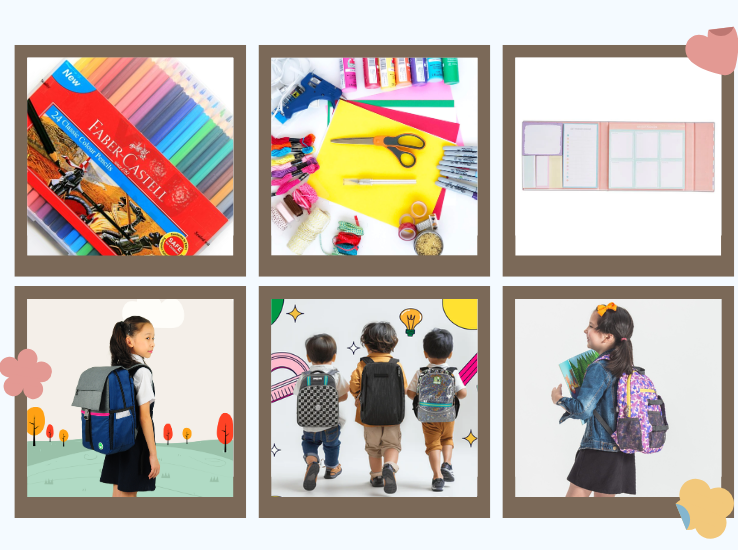What is the Singaporean Curriculum?
It is voluntary to go for preschool or kindergarten, and this is both offered by the Ministry of Education and the private providers. Through the Singapore Curriculum, the instructional system is controlled with a well-developed curriculum and syllabus for each of the courses as it culminates in an end-of-course examination for the students. After the fourth year of primary education, students will then take the school-based examinations that will determine what level, or band, the students will study for the subject English, Mathematics, Mother Tongue, and Science during the next remaining two years of primary education. After the last two years of primary education, when students reach the age of 12, they will need to take the Primary School Leaving Examination (PSLE) in the four subjects mentioned above. Students will be admitted to one of the four pathways in secondary education based on the results.
What are the standards of the Singaporean Curriculum?
The Singaporean Curriculum is extremely uniform as teachers will stick to the curriculum and focus on preparing students for examinations. Teachers rely heavily on textbooks, worksheets, drills and practice. There is very little discussion in Singaporean classrooms, and schools place much emphasis on mastering specific procedures. The Singapore Ministry of Education oversees the development of the national curriculum which is inclusive of “Desired Outcomes of Education.” The desired outcomes are students excellence in life skills, knowledge skills, and subject discipline knowledge organised into eight core skills and values. The core skills and values are character development; self-management skills; social and cooperative skills; literacy and numeracy; communication skills; information skills; thinking skills and creativity; and knowledge application skills. The core of the Singaporean Curriculum was designed by an academic team of teachers and consultants with years of experience as education leaders. The academic curriculum is assessed externally at regular intervals to ensure it is achievable to accomplish its aims and outcomes while remaining relevant to the learning needs of the students.
For primary education, the curriculum is fixated on ensuring that students have a good grasp of English language, Mother Tongue language as instruction in mother tongue language is available for Chinese, Malay and Tamil speaking students, and Mathematics. There are other additional curriculums that are inclusive of civics and moral education, national education, pastoral care and career guidance, physical education and project work. In the later phase of primary education, the subject science and social studies will be incorporated.
For secondary education, even though students are sorted into bands based on their PSLE results beginning in their secondary education, there is a national curriculum that is essential for students aged 12 to 16, to be taken the same across the bands, with students in the more difficult tracks, expected to perform at a higher level of competence. The core subjects are inclusive of English, Mother Tongue language, Science, Mathematics, Literature, History, Arts, Craft and Design, Technology and Home Economics, and Geography. Moreover, students are also required to continue in other non-examination based subjects such as civics and moral education, physical education, music and assembly.
For upper secondary education, students spend at least eight hours a week on their A Level subjects, that are chosen by each student, and an additional four hours a week on civics and moral education, assembly and physical education. Moreover, university-bound students are needed to complete the interdisciplinary project work intended to promote collaborative problem solving, literacy and communication, and creative thinking skills.
What are the assessments and qualifications?
For primary education, all students will need to take the Primary School Leaving Examination (PSLE) after the end of their primary education. Schools will then place students into separate examination levels based on the subject that the students took in Years Five and Six of primary education. Their examination scores will determine the students’ band that they will enter in lower secondary education as well as which schools that they will enrol. Students are also able to request for their PSLE scores to be sent to up to six lower secondary schools that will choose their students based on their PSLE rankings.
What if students are not able to enrol into their school of choice?
The Ministry of Education will help students who are not accepted by their schools of choice as the bands are categorised as a special, express, normal technical or normal academic. Moreover, the Ministry will also allow some schools to practice Direct School Admission by admitting students based on other criteria and achievements before the PSLE results are released. This will provide greater diversity in students based on their talents, abilities and interests.






























